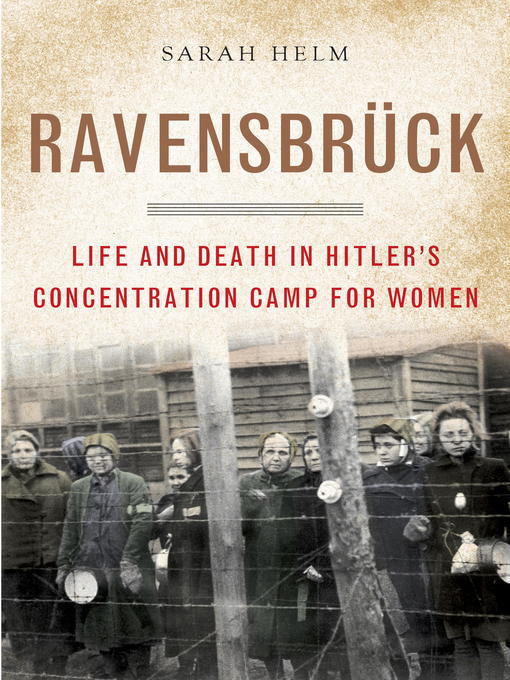- Available now
- Latest Fiction
- Latest Nonfiction
- Romance - Available Now
- Mysteries - Available Now
- History - Available Now
- Passbooks
- See all ebooks collections
- Available now
- New audiobook additions
- Fiction - Available Now
- Nonfiction - Available Now
- Teen Titles - Available Now
- See all eaudio collections
- Trending Titles
- Latest Additions
- SciFi & Fantasy Reads
- Teen Romance
- Dystopian Reads
- Top 100 YA Books on Goodreads
- Read With Pride
- See all teen collections
- Latest Additions
- Read-Alongs & Picture Books
- Kids Like Me!
- Classroom Capers
- Get the Giggles
- See all children collections

